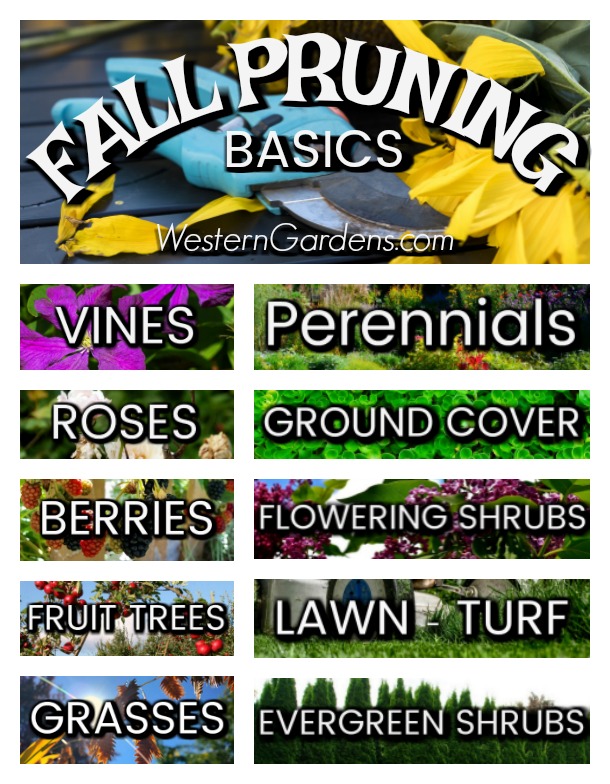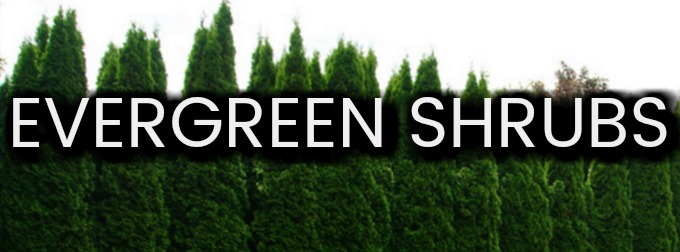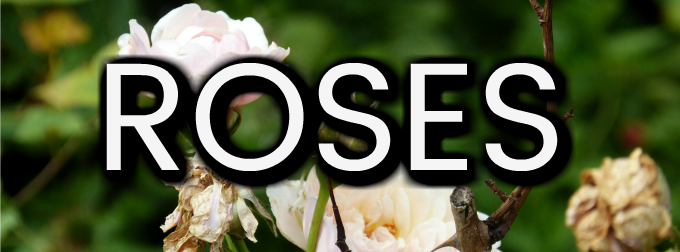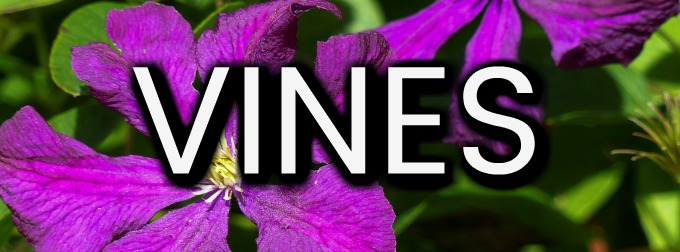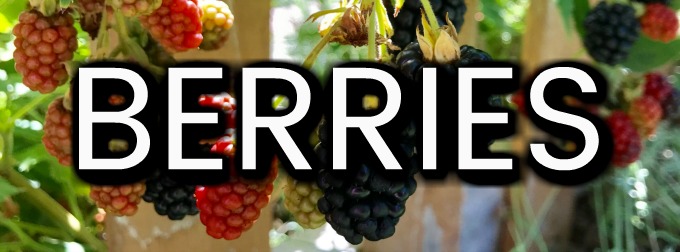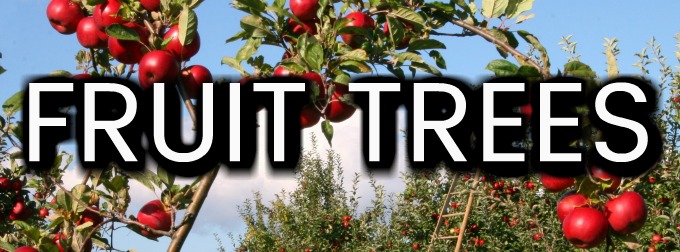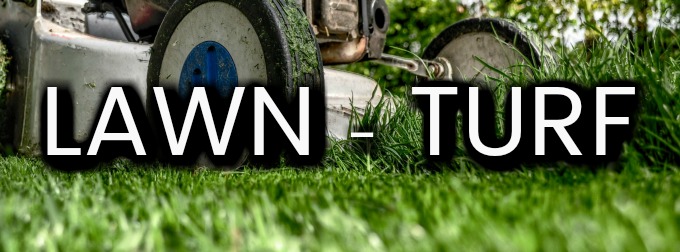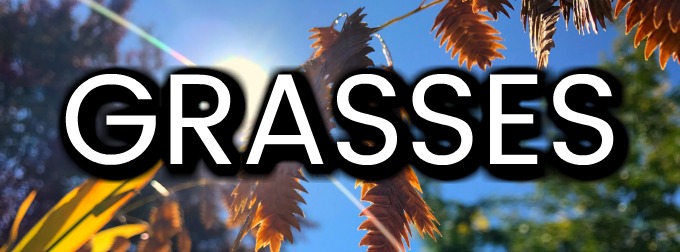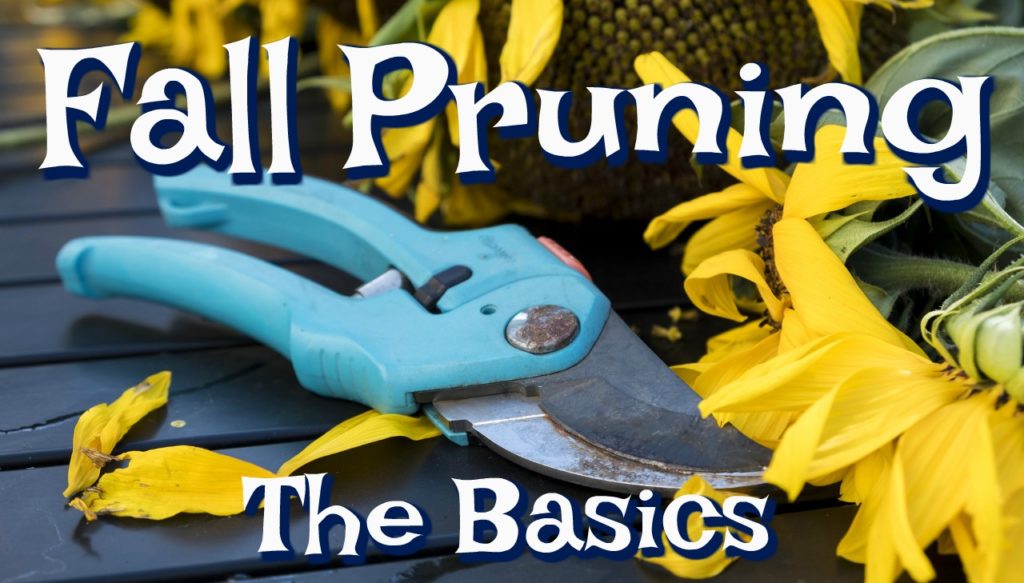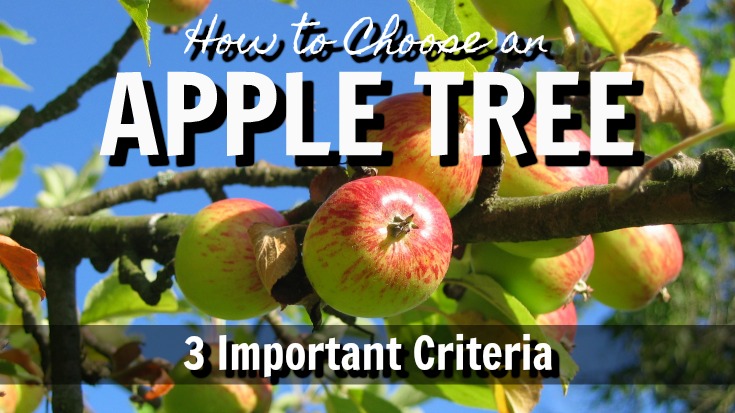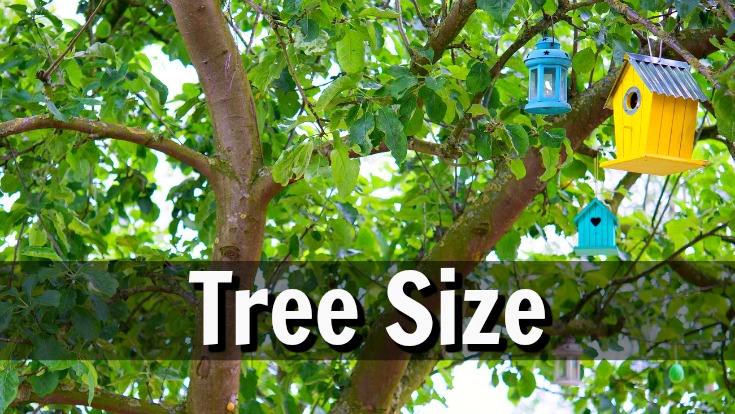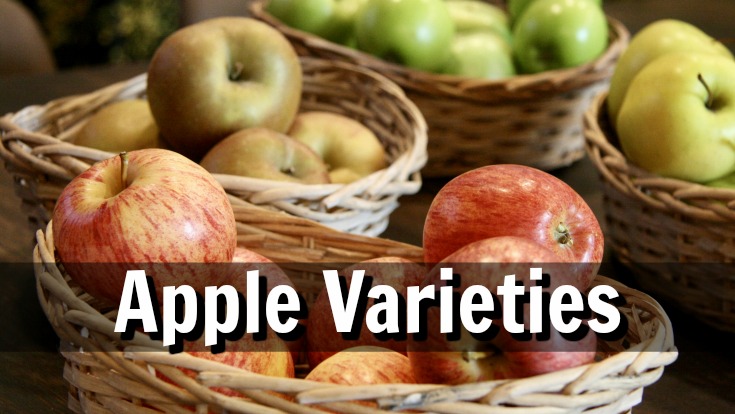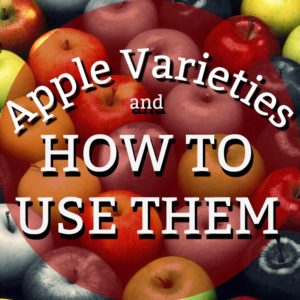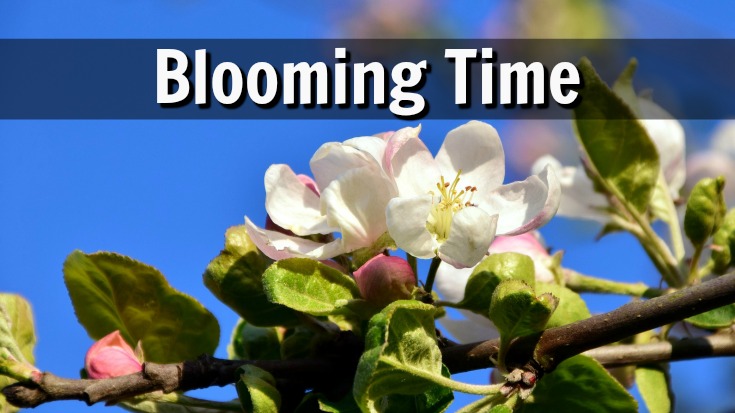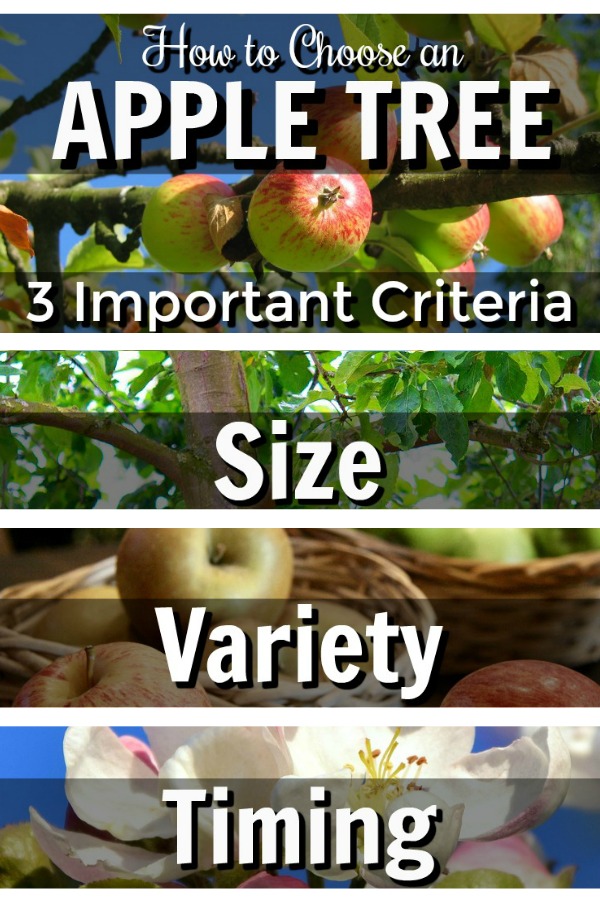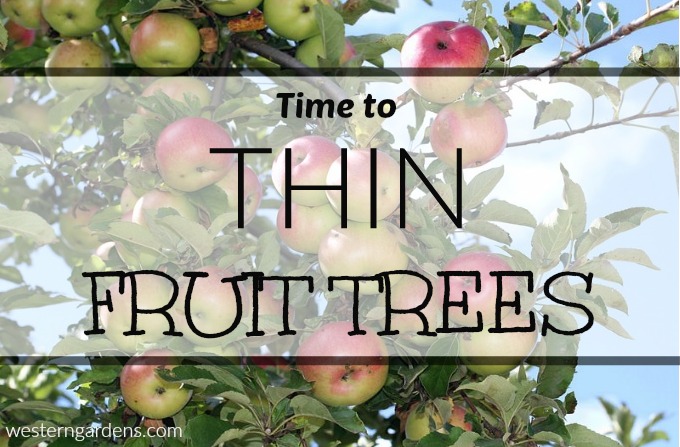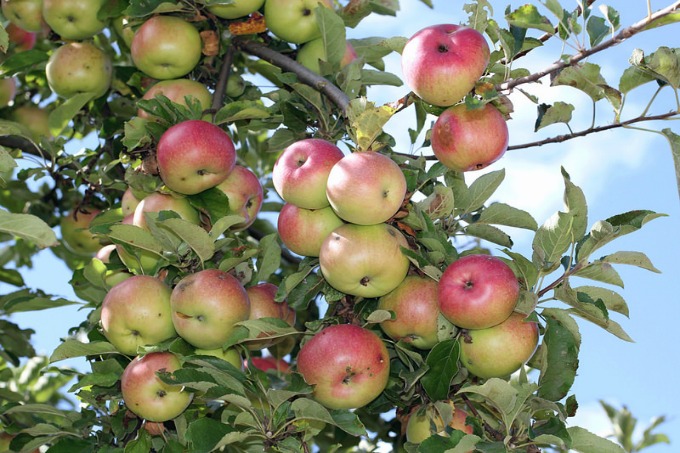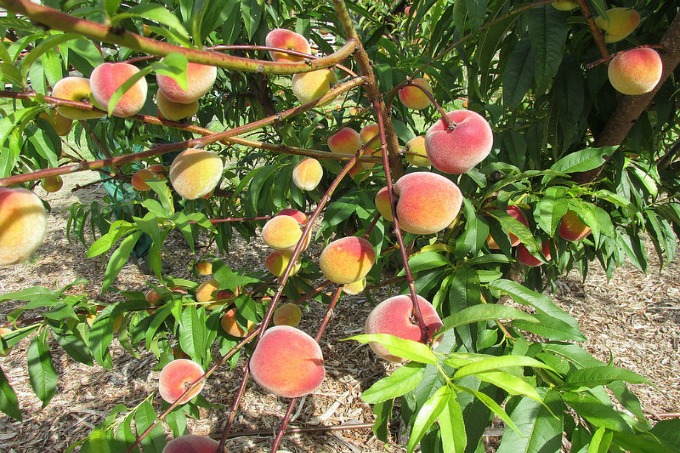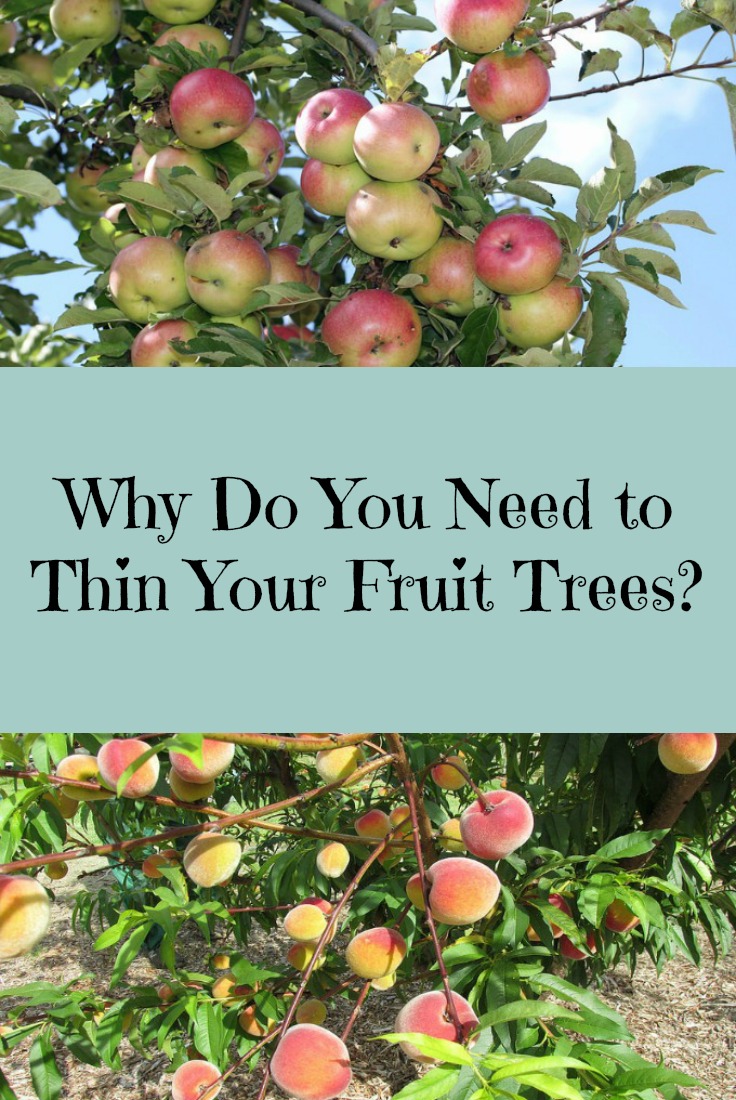 With the current pandemic situation, we now only do phone and email orders for pick up. On this page, please find some videos and photos showing the excellent prime material we’ve had delivered to our door. We will do our best to choose the best selection for your yard or needs. Just let us know what you want, and we will get it. You’ve trusted us for years, you can trust us now!
With the current pandemic situation, we now only do phone and email orders for pick up. On this page, please find some videos and photos showing the excellent prime material we’ve had delivered to our door. We will do our best to choose the best selection for your yard or needs. Just let us know what you want, and we will get it. You’ve trusted us for years, you can trust us now!
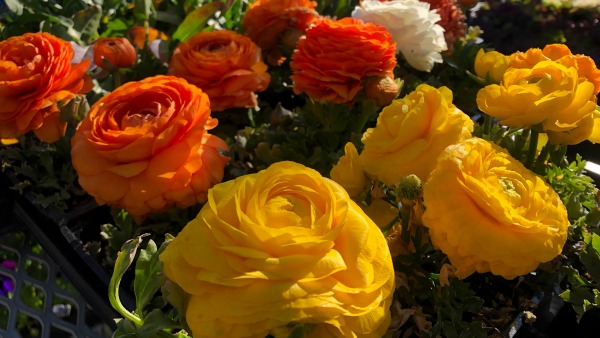
Ranunculaceous in vivid colors
Plant material as of April 13, 2020 –
SPRING COLOR ANNUALS & PERENNIALS
CLICK – Spring colder color annuals & perennials
GROUND COVERS
CLICK – Ground cover by Utah local growers
HERBS – VEGETABLES – BERRIES
CLICK – Berries – Raspberries, blackberries, blueberries, grapes, pomegranate, currant, and more…
CLICK – Herbs – cold-hardy herbs for April
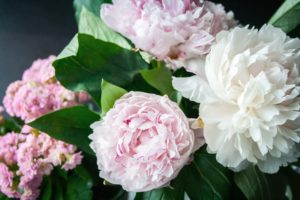
Peony
FLOWERING SHRUBS & ROSES
Our prime ROSES will be here by the end of April. We have a few that wintered over and just beginning to come out. Email your requests.
CLICK – Peonies – beautiful shipment just waiting to plant in your yard
CLICK – Lilacs – an old-time favorite with fragrance
SMALLER SHRUBS for TEXTURE & COLOR
FRUIT TREES
Realize that the fruit trees are just now coming out of dormancy. Some look like sticks, but they are healthy and prime – ready for your yard!
CLICK – APPLES, APRICOTS, APRUMS, CHERRIES – bush or tree form
CLICK – NECTARINES, NECTAPLUM & FRUIT SALAD (varieties on same tree)
CLICK – PEACHES (including favorite “Donut”), PEACHOTUM, PLUERRY, COMBOS
CLICK – PEARS – all kinds including the Asian Pear
CLICK – PLUMS, COMBOS, PLUOTS, WALNUT
SHADE TREES
CLICK – FLOWERING CHERRIES – Beautiful selection of all types –
Special Local Note: If you haven’t seen them, hurry and witness the color and fragrance of the cherry blossoms at the Utah State Capitol. They are gorgeous! (April 12, 2020)
MORE TO COME
